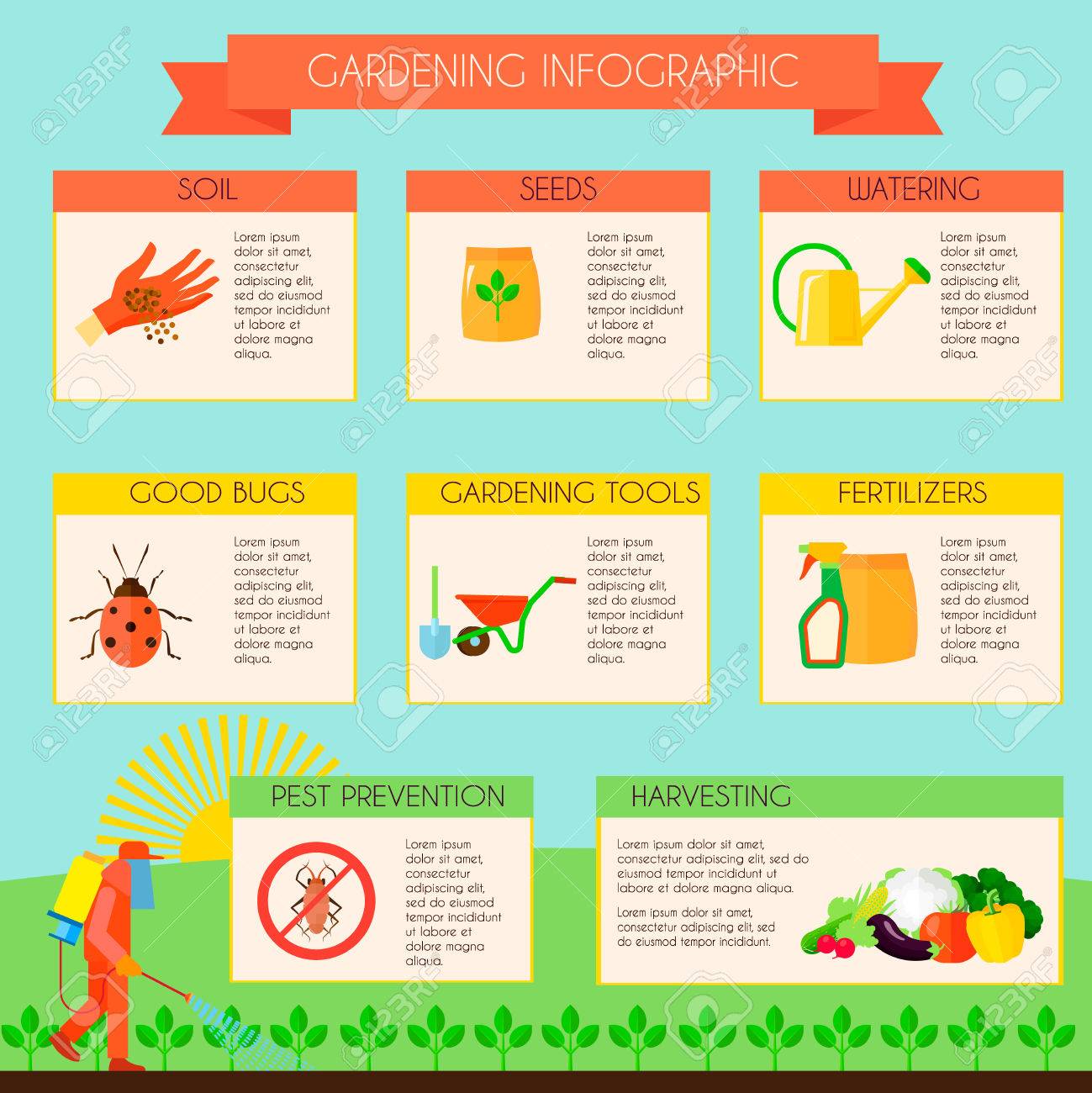Tips For Homeowners To Maintain Rodents Out Of Their Attics
Tips For Homeowners To Maintain Rodents Out Of Their Attics
Blog Article
Staff Author-Austin Blankenship
Envision your attic room as a relaxing Airbnb for rats, with insulation as cosy as resort pillows and wiring more tempting than room service. Currently, visualize these unwanted guests tossing a wild celebration in your house while you're away. As a home owner, ensuring your attic is rodent-proof is not nearly assurance; it has to do with safeguarding your residential property and enjoyed ones. So, what easy actions can you require to secure your refuge from these fuzzy burglars?
Evaluate for Access Details
To begin rodent-proofing your attic room, inspect for entry points. Beginning by meticulously examining mouse click the following internet site of your home, seeking any type of openings that rodents can make use of to gain access to your attic. Look for gaps around energy lines, vents, and pipes, as well as any type of fractures or holes in the structure or exterior siding. Make sure to pay attention to areas where various structure materials fulfill, as these are common entrance factors for rodents.
Additionally, examine the roof covering for any harmed or missing out on shingles, in addition to any kind of spaces around the edges where rats could press via. Inside the attic, seek signs of existing rodent activity such as droppings, ate cables, or nesting materials. Utilize a flashlight to completely inspect dark edges and hidden spaces.
Seal Cracks and Gaps
Evaluate your attic room thoroughly for any cracks and spaces that need to be secured to prevent rodents from entering. simply click the next internet site can press via also the tiniest openings, so it's essential to seal any prospective access points. local rodent control around pipelines, vents, cables, and where the walls fulfill the roof covering. Utilize a combination of steel woollen and caulking to seal off these openings efficiently. Steel woollen is an outstanding deterrent as rodents can not eat with it. Guarantee that all gaps are snugly sealed to deny accessibility to undesirable pests.
Do not neglect the value of sealing voids around windows and doors as well. Usage weather removing or door moves to secure these areas successfully. Examine the locations where utility lines enter the attic room and seal them off utilizing an ideal sealant. By taking the time to seal all fractures and spaces in your attic, you produce a barrier that rodents will find hard to breach. Avoidance is type in rodent-proofing your attic, so be thorough in your efforts to seal any potential access points.
Get Rid Of Food Resources
Take aggressive procedures to remove or store all possible food sources in your attic to hinder rats from infesting the area. Rats are drawn in to food, so removing their food sources is vital in keeping them out of your attic.
Below's what lawn fleas can do:
1. ** Store food securely **: Prevent leaving any food items in the attic room. Shop all food in impermeable containers made from metal or sturdy plastic to prevent rodents from accessing them.
2. ** Clean up particles **: Eliminate any type of heaps of particles, such as old newspapers, cardboard boxes, or timber scraps, that rats might make use of as nesting material or food sources. Maintain the attic room clutter-free to make it less enticing to rodents.
3. ** Dispose of trash correctly **: If you utilize your attic for storage and have waste or waste up there, make sure to deal with it consistently and properly. Decaying garbage can draw in rodents, so keep the attic room clean and devoid of any kind of natural waste.
Verdict
Finally, bear in mind that an ounce of avoidance deserves an extra pound of remedy when it comes to rodent-proofing your attic.
By putting in the time to check for entrance factors, seal fractures and gaps, and eliminate food resources, you can keep unwanted bugs at bay.
Remember, 'An ounce of prevention deserves an extra pound of cure' - Benjamin Franklin.
Stay aggressive and safeguard your home from rodent invasions.
